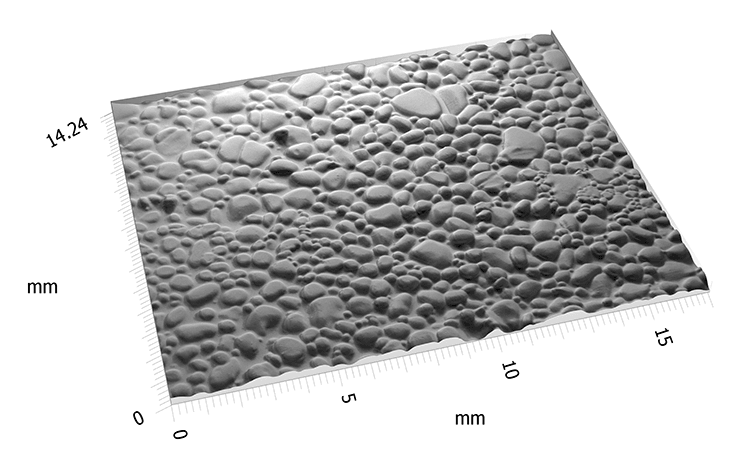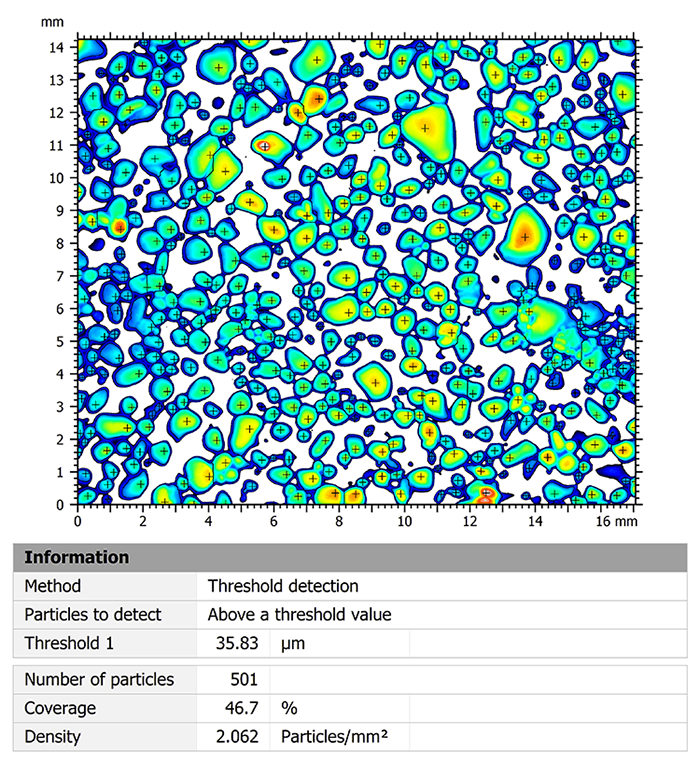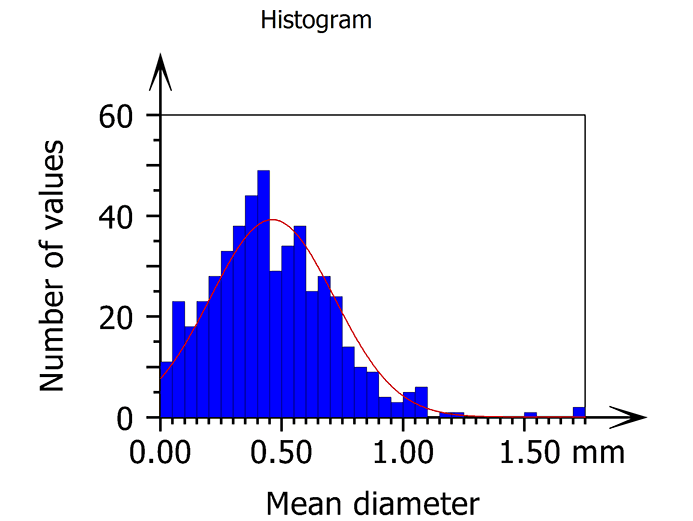Did you know that snow is actually pretty hot? It generally exists very close to melting temperature, making it difficult to study in the field. Due to external parameters, its physical characteristics can change very quickly. But as Felix Breitschädel of the Norwegian Olympic Sports Center tells us, a novel measurement device is changing our understanding of the surface of snow and constitutes a promising method for future research.

Introduction
It is said that each snow crystal is unique. The original shape and size of snowflakes heavily depend on the climate during precipitation. There is a wide range of shapes to expect due to variations in temperature, humidity, and exposure time just to name a few. From small needle-like shapes to perfectly beautiful symmetrical crystals, everything is possible.
Traditionally, optical cameras and microscopes have been used to capture snow crystals. A comprehensive description of the surface of snow is crucial for understanding the tribological system between skis and snow.
Methods
The GelSight Mobile™ surface scanner makes it possible to scan snow surfaces in situ in a non-destructive way. Its elastomeric gel precisely conforms to the three-dimensional structures of the snow surface without breaking single dendrites (Figure 1).

Figure 1. Snowflake captured with GelSight MobileTM and visualized in Mountains® software (4 x 4 mm).
Mountains® software offers powerful tools for analyzing grains and particles on surfaces and quantifying selected parameters of interest such as particle density, particle count and statistical distribution.
Results
In previous studies, we have seen a great variety in how snow crystals can look in prepared cross-country ski tracks. Both the type, shape, and size of grains show significant differences between fresh natural (Figure 2 left), artificial and transformed snow (Figure 2 right).

Figure 2. Examples of new (left) and transformed snow (right), each at 5 x 5 mm.
In this example, transformed natural snow is analyzed by applying particle analysis tools. The raw 3D data file was processed in the following way: to eliminate small irregularities, the Mountains® Remove Form Operator was used in combination with a metrological filter (Figure 3).

Figure 3. 3D visualization of the Gelsight scan.
The snow grains are identified by the threshold detection method which identified 501 particles within the 17.1 mm x 14.2 mm surface (Figure 4). It is interesting to note that detailed information about each individual particle can be displayed if required.

Figure 4. Snow grains are detected above a chosen threshold value. The lowest parts were removed to clarify the results.
One simple way to characterize snow grain size distribution is to look at the histogram for the mean diameter (Figure 5). The shape of the particles can also be characterized by the roundness of the grains.

Figure 5. The unweighted histogram shows the number of values per mean grain diameter (in mm).
Discussion
To understand the tribological mechanisms that come into play in skiing, it is essential to study the two surfaces that are in relative motion to each other, the ski base and the snow surface. Modern, handheld measurement instruments make it possible to collect an extensive amount of data from relevant locations and in varying conditions.
Important information can be extracted easily in combination with a powerful analysis tool, like that available in the Mountains® software particle analysis package.
Knowledge about the real contact between skis and the track will enhance further research in the field of sliding friction and hopefully contribute to more outstanding performances from athletes in the future.
About the author
Felix Breitschädel, PhD is head of Technology and Equipment at the Norwegian Olympic Sports Center (Olympiatoppen), he is also connected to the Centre of Sports Facilities and Technology (SIAT) at the Norwegian Technical University in Trondheim (NTNU) and a partner of Gelsight Inc.
Further reading
Laboratory testing of cross-country skis – Investigating tribometer precision on laboratory-grown dendritic snow. S B. Auganæs, A. F. Buene, A. Klein-Paste. Tribology International, Vol 168, 2022, 107451, ISSN 0301-679X, doi.org/10.1016/j.triboint.2022.107451
Instruments and software used
GelSight Mobile TM 0.5X handheld device by Gelsight Inc. + MountainsMap® software.